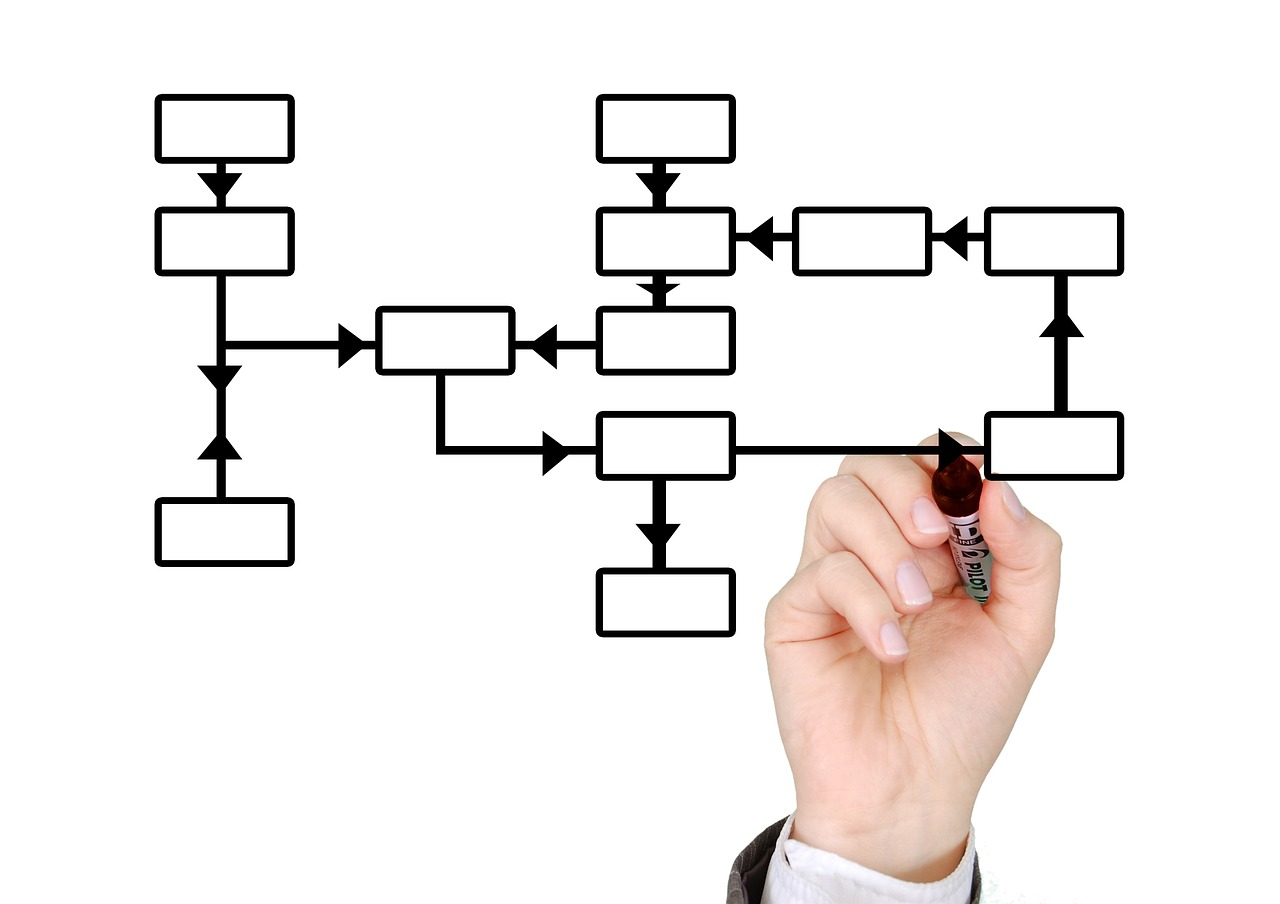The Role of 3D Mapping Technology in Augmented Reality Devices
allpaanel, laser247 com app login, yolo 247 com login:The Role of 3D Mapping Technology in Augmented Reality Devices
Augmented reality (AR) has been gaining momentum in recent years, revolutionizing various industries and enhancing user experiences. One crucial component that enables AR devices to deliver immersive and interactive content is 3D mapping technology. By creating a digital representation of physical spaces and objects, 3D mapping technology allows AR devices to overlay virtual content seamlessly onto the real world. In this article, we will delve into the role of 3D mapping technology in augmented reality devices and explore its impact on various applications.
Understanding 3D Mapping Technology
3D mapping technology, also known as 3D scanning or spatial mapping, refers to the process of creating a three-dimensional representation of physical objects or environments. This is achieved through the use of specialized hardware, such as cameras, depth sensors, and LiDAR (Light Detection and Ranging) scanners, which capture detailed information about the shape, size, and texture of the objects or spaces.
The collected data is then processed by sophisticated algorithms to create a digital model that accurately reflects the physical reality. This model can be used for a wide range of applications, including virtual reality, digital prototyping, and, most notably, augmented reality.
The Role of 3D Mapping in Augmented Reality Devices
In augmented reality devices, 3D mapping technology plays a crucial role in enabling the seamless integration of virtual elements into the real world. By accurately mapping the physical environment and identifying key reference points, AR devices can overlay digital content in a way that aligns perfectly with the user’s surroundings.
One of the key benefits of 3D mapping technology in AR devices is the ability to provide spatial awareness. By understanding the physical dimensions and layout of the environment, AR devices can accurately place virtual objects in the real world, taking into account factors such as depth, distance, and perspective. This enhances the sense of realism and immersion for users, making the AR experience more compelling and engaging.
Another important aspect of 3D mapping technology in AR devices is occlusion. Occlusion refers to the ability of virtual objects to interact with and be blocked by real-world objects. By creating an accurate 3D map of the environment, AR devices can intelligently render virtual content behind or in front of physical objects, creating a more convincing illusion of virtual objects existing in the real world.
Applications of 3D Mapping in Augmented Reality
The integration of 3D mapping technology in augmented reality devices has opened up a wide range of applications across various industries. From gaming and entertainment to education and healthcare, AR devices are being used to enhance experiences and improve efficiency in numerous fields.
Gaming and Entertainment: In the gaming industry, 3D mapping technology enables AR devices to create immersive and interactive gaming experiences. Players can interact with virtual characters and objects in their own environment, blurring the line between the virtual and real worlds. Popular AR games like Pokemon Go and Minecraft Earth have leveraged 3D mapping technology to create compelling gameplay experiences.
Education and Training: In the field of education, AR devices equipped with 3D mapping technology are revolutionizing the way students learn and engage with content. Virtual simulations and interactive visualizations can help students better understand complex concepts and subjects, making learning more engaging and effective. AR applications like Google Expeditions and Anatomy 4D are utilizing 3D mapping technology to enhance educational experiences for students of all ages.
Healthcare and Medicine: In healthcare, AR devices are being used to improve patient care and medical training. Surgeons can use AR headsets with 3D mapping technology to overlay important information, such as patient vitals or surgical procedures, directly onto the operating field. This improves precision and efficiency during surgeries, ultimately leading to better patient outcomes. AR applications like AccuVein and Proximie are leveraging 3D mapping technology to enhance medical procedures and training.
FAQs
1. What is the difference between 3D mapping and 2D mapping technology?
While 2D mapping technology creates a two-dimensional representation of objects or spaces, 3D mapping technology captures three-dimensional data, including depth and texture. This allows for a more accurate and realistic representation of the physical reality, making 3D mapping ideal for augmented reality applications.
2. How accurate is 3D mapping technology?
The accuracy of 3D mapping technology depends on the quality of the hardware and algorithms used. High-end cameras, LiDAR scanners, and depth sensors can achieve sub-millimeter accuracy, capturing details with precision and clarity. However, the accuracy of 3D mapping may vary depending on the environmental conditions and the complexity of the objects being scanned.
3. What are some challenges associated with 3D mapping technology?
One of the main challenges of 3D mapping technology is capturing detailed and accurate data in dynamic or outdoor environments. Factors such as lighting conditions, reflections, and moving objects can affect the quality of the 3D map, leading to errors or inconsistencies. Additionally, processing and rendering large 3D models in real-time can pose technical challenges for AR devices.
In conclusion, 3D mapping technology plays a vital role in enabling augmented reality devices to deliver immersive and interactive experiences. By creating accurate digital representations of physical spaces and objects, 3D mapping technology enhances spatial awareness, occlusion, and realism in AR applications. As the technology continues to evolve and improve, we can expect to see even more innovative and impactful uses of 3D mapping in augmented reality devices across various industries.






